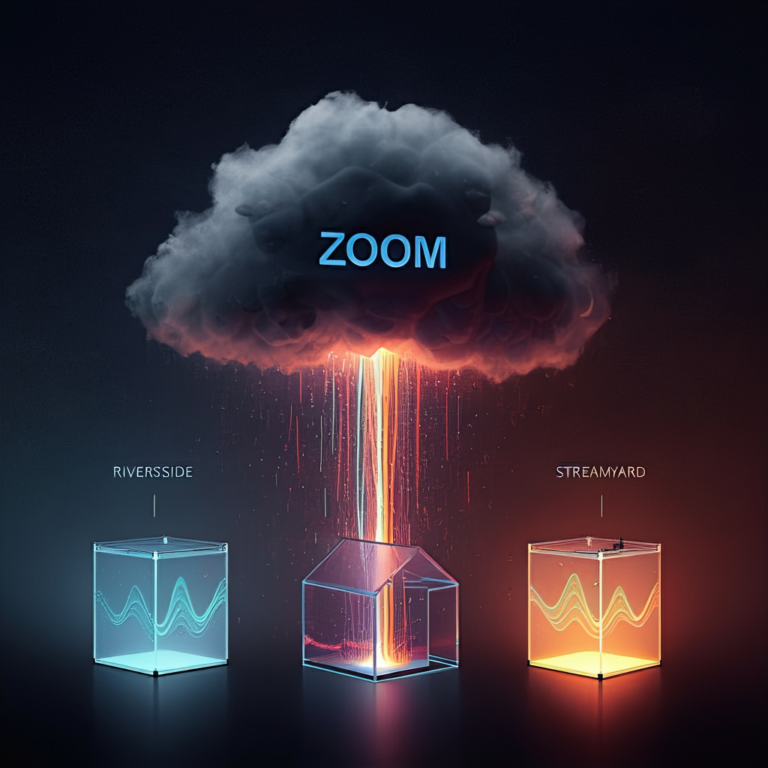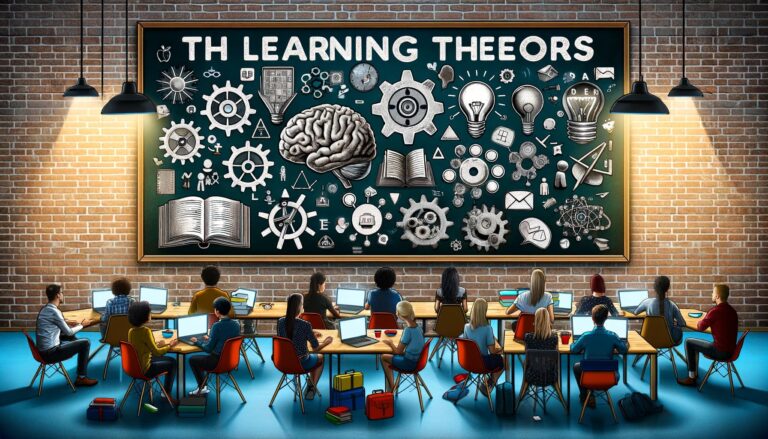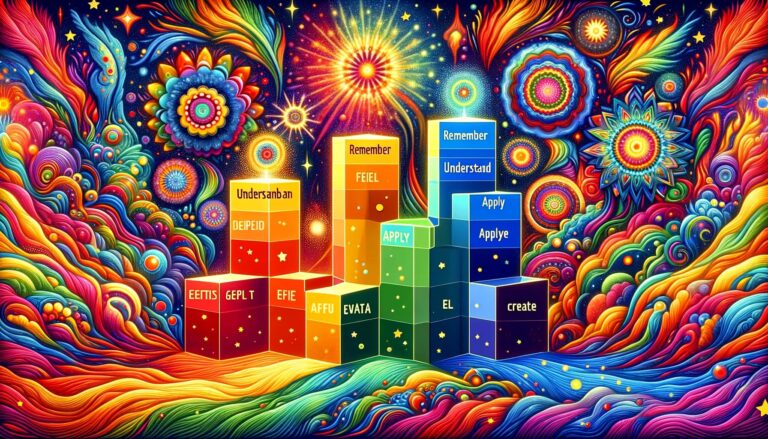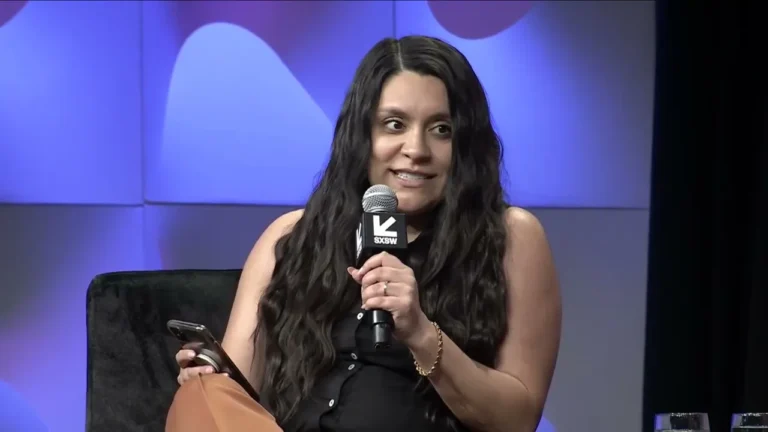Quantum Gravity and the Emergent Nature of Spacetime
Imagine the universe at its most fundamental level is made up of constant fluctuations or “quantum wiggles” within an all-pervasive quantum field that fills all of space. These tiny disturbances are not like regular particles but more like fuzzy overlapping possibilities described by a wave function—a mathematical description of all the possible states of a quantum system. Think of Schrödinger’s famous thought experiment about a cat that can be both alive and dead at the same time before observation.
In our familiar world, we experience space and time as a dependable stage for matter and energy to move through. But new theories propose that this seamless fabric of spacetime we inhabit arises as a “condensed” phase from the frenetic interactions between those incessant quantum field fluctuations. Much like how invisible water vapor condenses into distinct liquid droplets with wholly different properties, the idea is that spacetime itself emerges through a similar phase transition from the wildly jittering quantum fields underlying all of reality.
And gravity? Rather than a traditional warping force through pre-existing geometry, models of quantum gravity suggest that gravity co-emerges right alongside spacetime’s very curvature. These two grand manifestations arise together from the bizarre quantum processes unfolding according to their own unique mathematical principles, which physicists are still working to decipher.
As John Wheeler famously put it, “Matter tells spacetime how to curve, and spacetime tells matter how to move.” The cosmic script choreographing gravity’s roles and spacetime’s stage geometry is thought to arise together from these quantum field fluctuations playing out at scales billions of times smaller than atoms.
The tremendous challenge is deducing the precise algorithms describing how our intuitive theater of spacetime and gravitational rules could condense from the bewildering microdynamics of the quantum realm. Cutting-edge theories like string theory and loop quantum gravity aim to solve this paradox of how micro-scale processes yield our familiar macro-reality.
It’s a common misconception that quantum effects are only relevant at tiny scales. But the principles of quantum gravity being explored propose that the greatest cosmic stages we inhabit crystallize holistically from systems governed by quantum physics acting at infinitesimal scales.
We may never intuitively visualize the frenzied quantum processes underlying all we experience. But uncovering their mathematical principles could finally reveal the deepest codes that manifest the vast cosmic architecture we inhabit, including the spacetime stage and gravitational choreography.
Experimenters worldwide are using exquisitely precise instruments in hopes of detecting fingerprints of these quantum gravitational effects—such as sensing potential ripples in spacetime’s fabric that could arise from convulsions in the underlying quantum fields.
While we’ve decrypted many rhythms of our reality’s cosmic performance, the paradox of quantum gravity remains largely unresolved. Key mysteries endure: How precisely do quantum fluctuations algorithmically give rise to spacetime’s expansive scales? What is the evolutionary story of constants like gravity’s strength? What is the fundamental geometry of reality’s space? Cracking this could spark a revolution rewriting physics’ grand librettos.
Pause for a moment and ponder—the solid ground beneath you, the vast trails of stars arcing overhead, even the fabric separating your mind conceiving these words and them appearing before your eyes—all potentially condense holistically from a madly active quantum dancefloor operating at scales a billion-billion times smaller than even nuclei within atoms. Solving quantum gravity could finally shed light on how the entire cosmic theater manifests from inconceivably minuscule motions.
Physicists’ quest aims to uncover the deepest mathematical rules whereby quantum particles’ frenetic choreography coalesces into the expansive stage of spacetime surrounding us, complete with gravity’s transcendent roles. Revealing the algorithms by which the quantum realm bootstraps our experienced cosmic reality could initiate new physics revolutions extending from unprecedentedly small to vastly large scales. While full reconciliation may remain perpetually elusive, even glimpsing how the quantum dancefloor repertoire streams into opera houses like our universe cannot help but inspire profound wonder about reality’s most fundamental scores.






